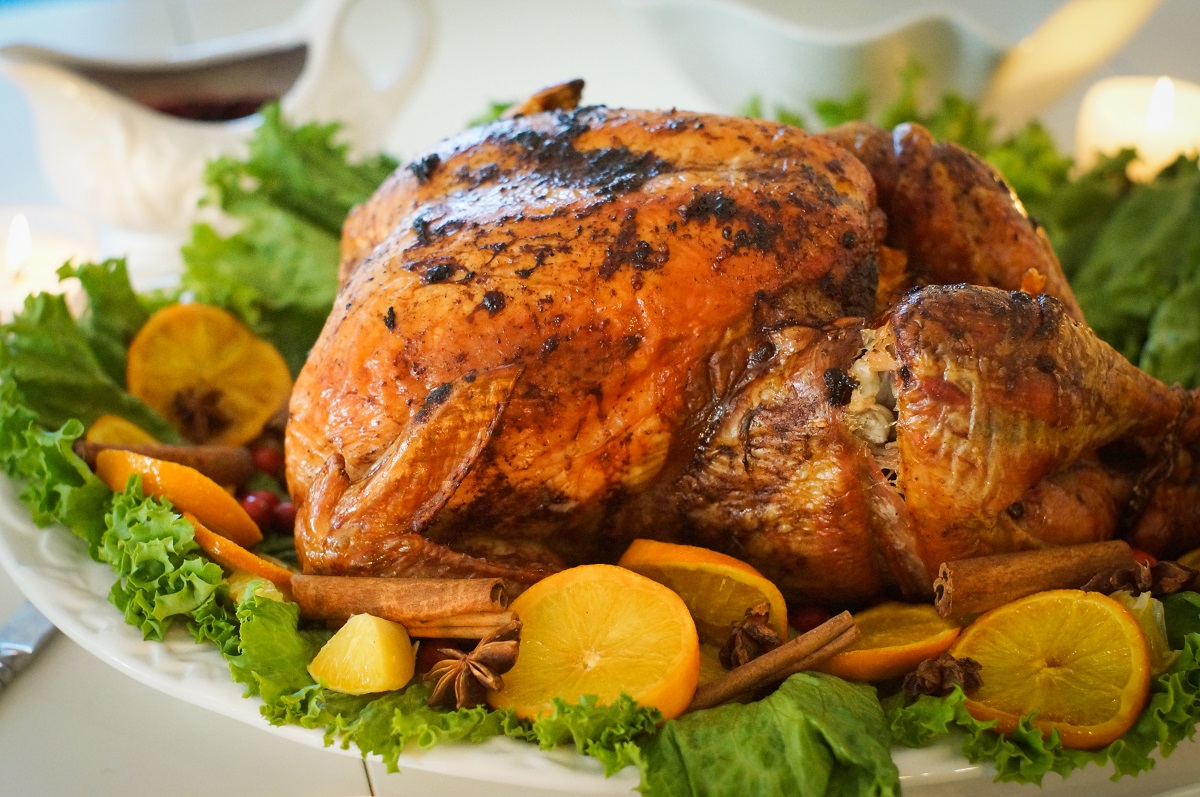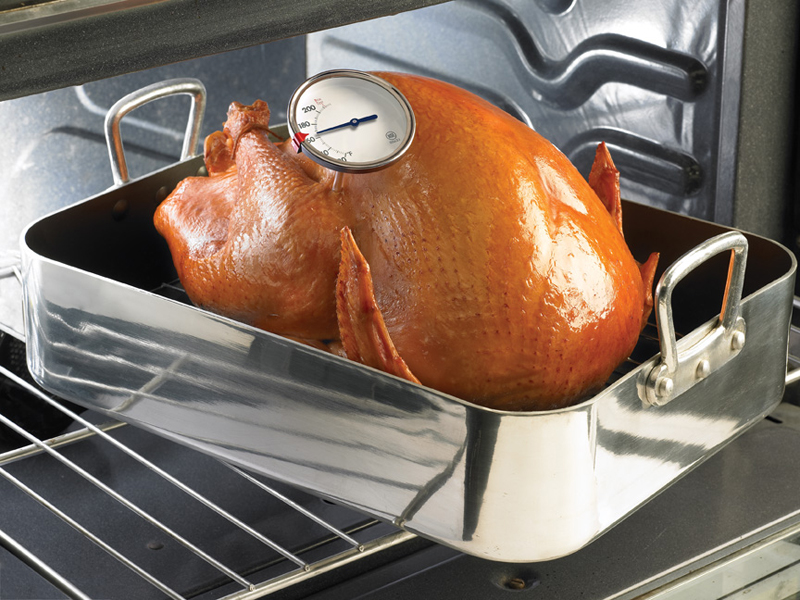You have decided to host this year’s holiday feast. This can be a challenge for the expert cook as well as a new cook. Whether making sure you have enough food or accommodating your guests with allergies, consider these following holiday meal planning tips.
Holiday Meal Preparation Tips
- Request RSVP’s so you know how much food to buy and prepare. Also, find out if your guests have special dietary
 requirements.
requirements.
- The holidays can be a challenging time for those with food allergies, which is estimated to be 4% of adults and 8% of children in the U.S.
- Don’t overlook the turkey –basted or self-basting turkeys can include common allergens such as soy, wheat, and dairy. The safest bet is choosing a turkey with minimal ingredients clearly listed on the food label.
- Make room in your refrigerator for all perishable foods—both before and after the meal. To make more space, take out beverages and keep them chilled in a cooler filled with ice.
- Check your inventory for cooking, serving, and storage containers needed for the meal.
- Inexpensive disposable containers can be a good option during the holidays for leftovers and to send home with guests!
- Also, be sure you have plenty of aluminum foil and plastic wrap.
- When planning the meal, select a few recipes or foods that serve and store well at room temperatur
 e to avoid an overloaded oven or refrigerator the day of the event.
e to avoid an overloaded oven or refrigerator the day of the event.
- While hardy vegetables such as onions, carrots and potatoes can be purchased a week ahead of time, it is best to purchase salad greens and perishable vegetables 1-2 days before the meal
- Calculate the cooking times and temperatures for your menu items to make sure you have the necessary cooking equipment to get everything done on time. To determine the cooking time for a turkey, refer to your recipe or a standardized cooking time chart that is based on the turkey’s weight and whether it will be stuffed or not.
- Make sure your food thermometer is in working order and calibrated.
Use a thermometer to be confident the turkey is done! 
For safety and doneness, the turkey’s internal temperature should be checked with a food thermometer.
- Check the temperature in the innermost part of the thigh and wing and the thickest part of the breast.
- If stuffed, the temperature of the stuffing must also reach a safe minimum internal temperature of 165 °F.


Using a thermometer when preparing foods throughout the year is just smart!!!!
Thanks for the blog post.
Anne,
You are welcome. Using a thermometer is easy, especially with the many new types that are available to buy at local stores. Have a happy holidays!
I needed this today…as I’m beginning to make plans for our Thanksgiving. Thanks for the handy links to recipes and other resources!
Really nice job on this post, Carla!! I love all the links and useful holiday meal reminders.
Elisa,
Thank you for all the words of encouragement. Have a happy holiday!
Carla